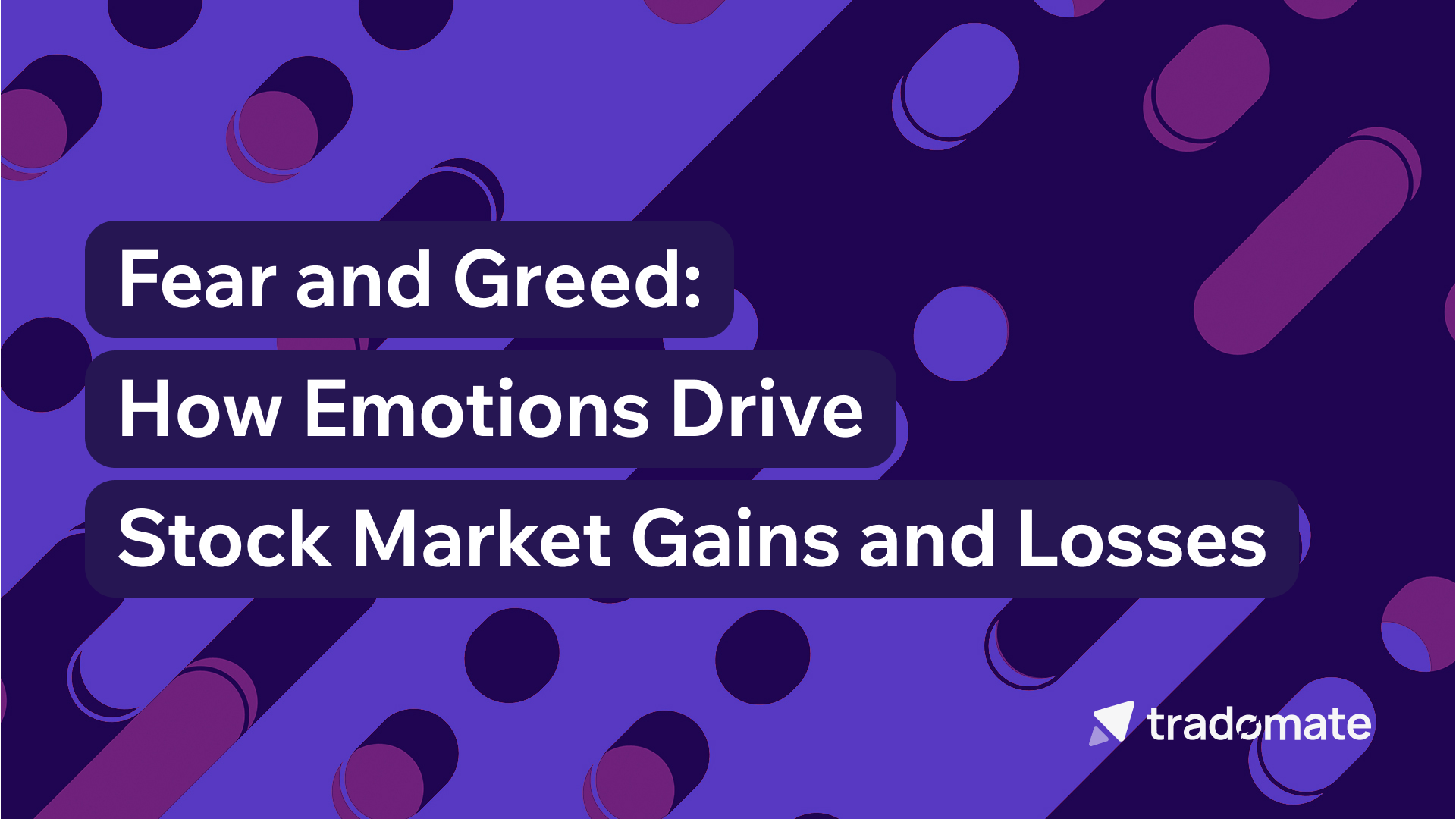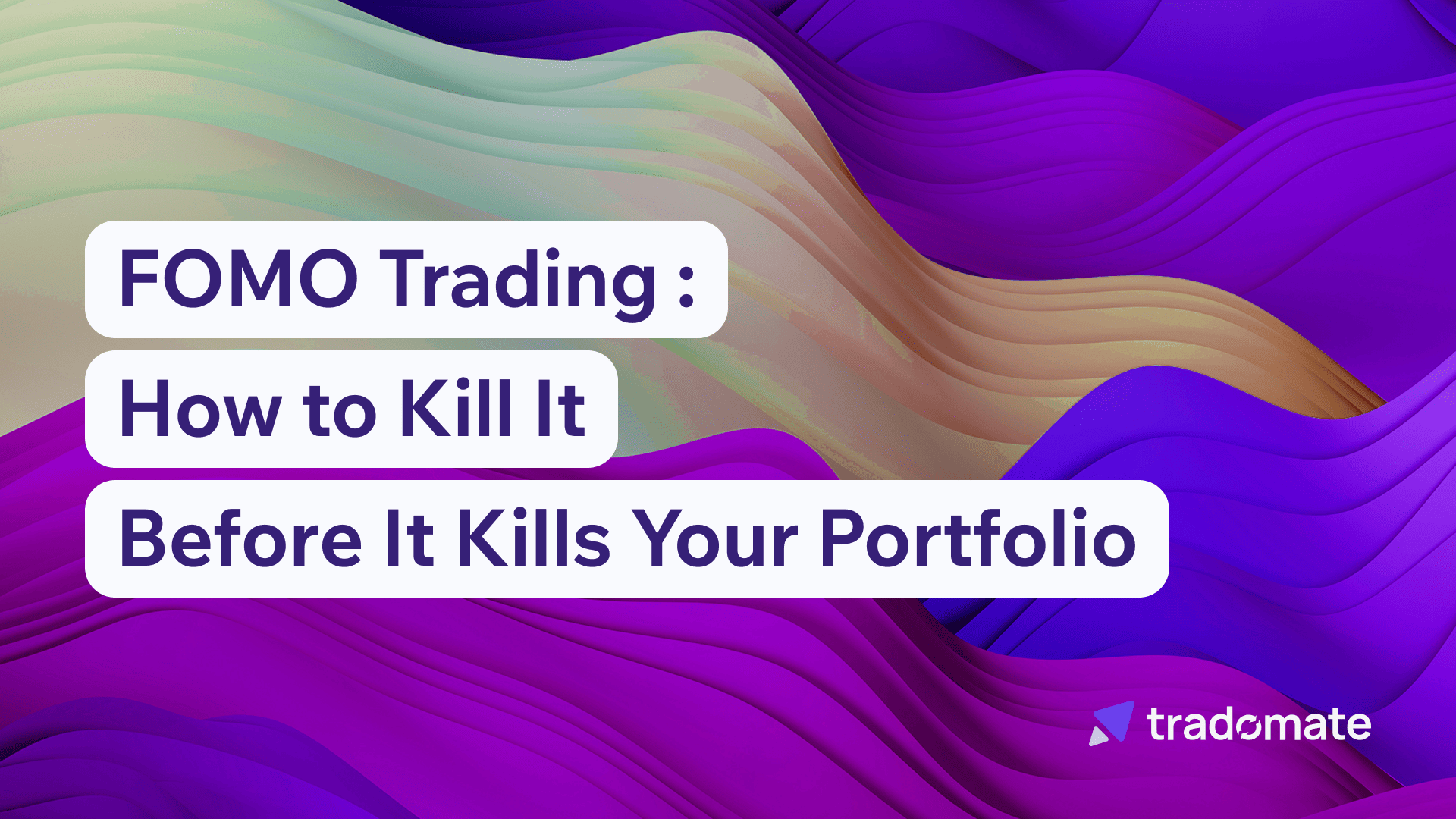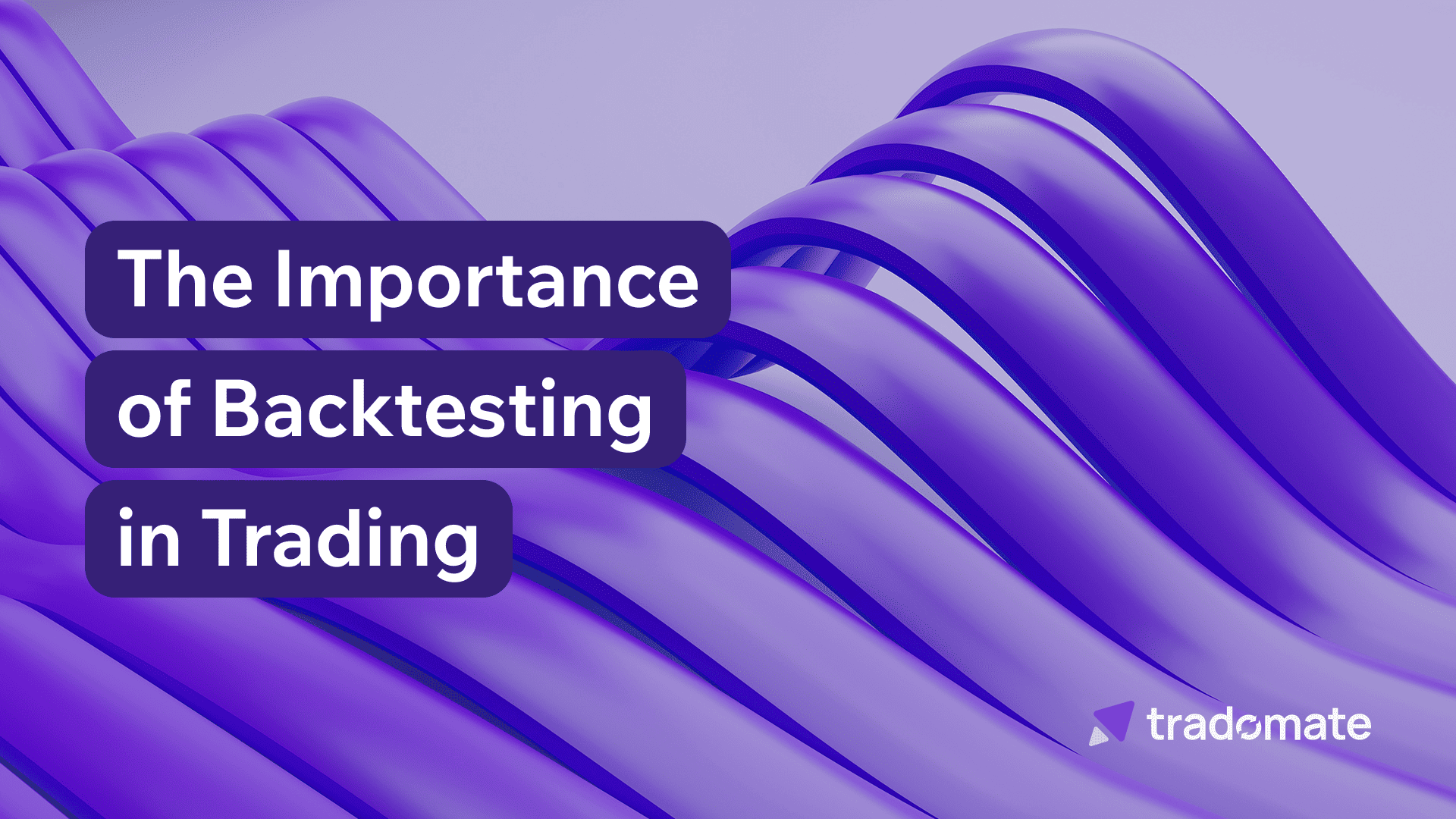1. Greed - The Silent Whisper That Says, “Just a Bit More”
Greed shows up when:
You hold onto a winning trade too long, hoping for “just one more rally.”
You jump into a stock because it’s “going to the moon.”
You take bigger risks than planned, convinced nothing can go wrong.
It feels good… until it doesn’t. Greed, driven by unchecked emotions, often pushes you to ignore logic, overtrade, and pile into hot stocks at the worst possible time.
Example: You bought a stock at ₹100, it’s now at ₹140, and you think, “Let’s wait for ₹160.” Next day, it goes to ₹90, and that profit is gone.
2. Fear - The Urge to Protect at All Costs
Fear kicks in when:
The market dips suddenly and you panic-sell.
You hesitate to enter a good trade because of “what if” scenarios.
You book small profits too early, afraid they’ll vanish.
Fear is the market’s early exit button, it pushes you to act fast, but often without thinking. These emotions, not charts, often decide your profits and losses.
Example: You buy at ₹500, it drops to ₹480, and you sell instantly to “cut losses.”
A week later, it’s at ₹550 and you’re left staring at the chart in disbelief.
How Fear and Greed Play Tug-of-War
Here’s the thing, fear and greed feed off each other.
Greed makes you overstay in a trade.
When the trade turns against you, fear makes you exit at the worst moment.
It’s a cycle that can repeat endlessly if you don’t recognize it. These emotions, not charts, often dictate whether you make or lose money in the long run.
How to Control Fear and Greed
- Have a Trading Plan - Know your entry, exit, and stop-loss before you place a trade, this will help you to not panic sell/buy.
- Use Position Sizing - Don’t risk more than you can afford to lose.
- Set Realistic Targets - Be okay with “good enough” profits.
- Review Past Trades - Learn from moments when emotions overpowered your logic.
In the stock market, your biggest opponent isn’t another trader, it’s your own mind.
Master your emotions, and you’ll find that the charts, indicators, and strategies start making a lot more sense because emotions, not charts, often decide your profits and losses.
Now if you want to see if your trading logic holds up before emotions take over?
Build your screener here and backtest it instantly to see how it performs in real market conditions.



